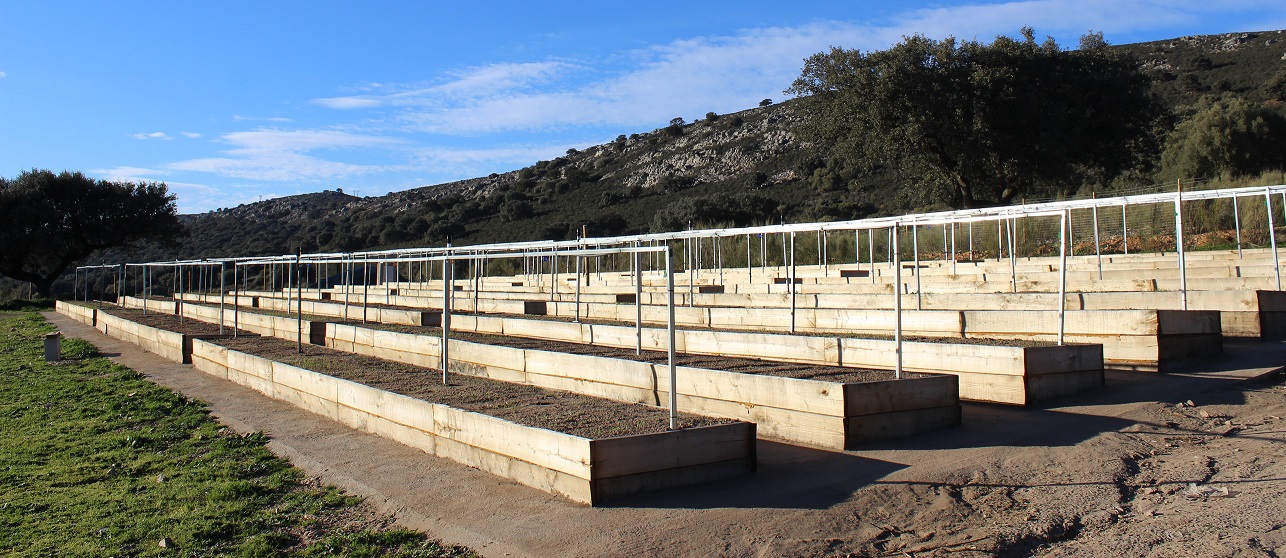Coevolution among plants
A neglected driver of species coexistence resource partitioning and ecosystem functioning?
A persistent and intense interaction among plants can lead to coevolution. Coevolution is defined as the reciprocal local adaptation between two or more species. How and if plants coevolve is poorly understood. With this project we try to close this knowledge gap. We know that growing plants for several years in the same combinations can lead to increased yield. In other words, "common" evolution of the plants can increase yield. Thus, convolution has the potential to lead to increased ecosystem functioning (i.e. yield). This might be due to improved niche differentiation and complementary resource use of the different plant species or increased facilitation. In this project, we try do understand if coevolution leads to increased ecosystem functioning and if resource complementarity or facilitation are the underlying mechanisms.
Outreach:
Facebook: external page https://www.facebook.com/christian.schoeb
Twitter: external page https://twitter.com/anjaschmutz & external page https://twitter.com/ChristianSchob
